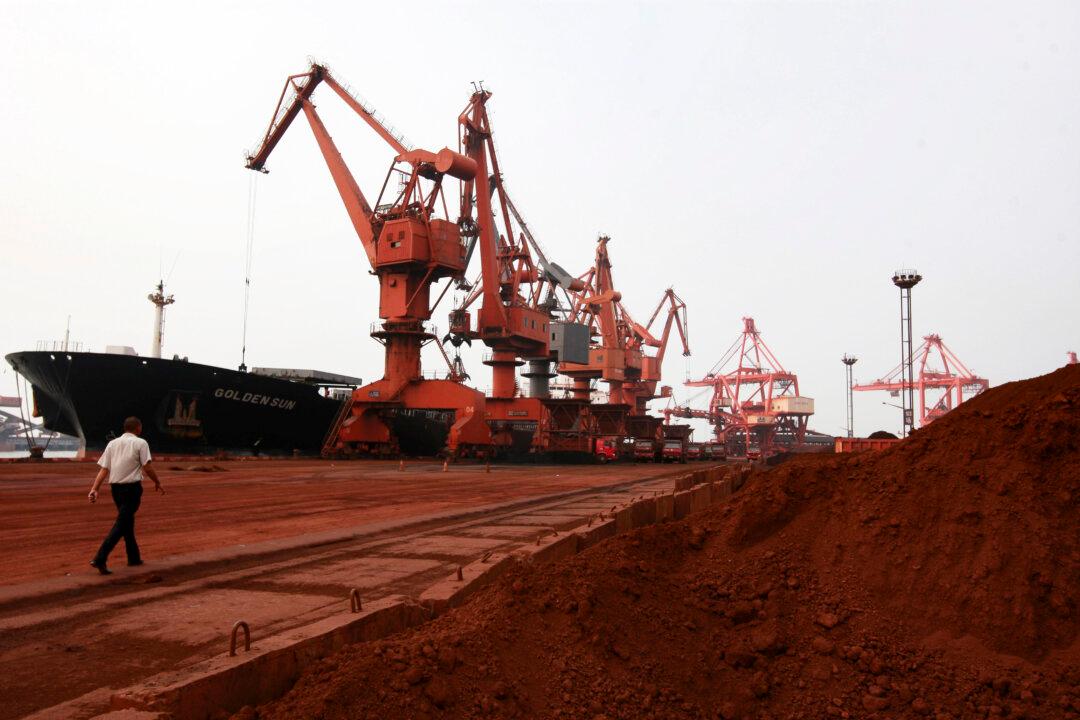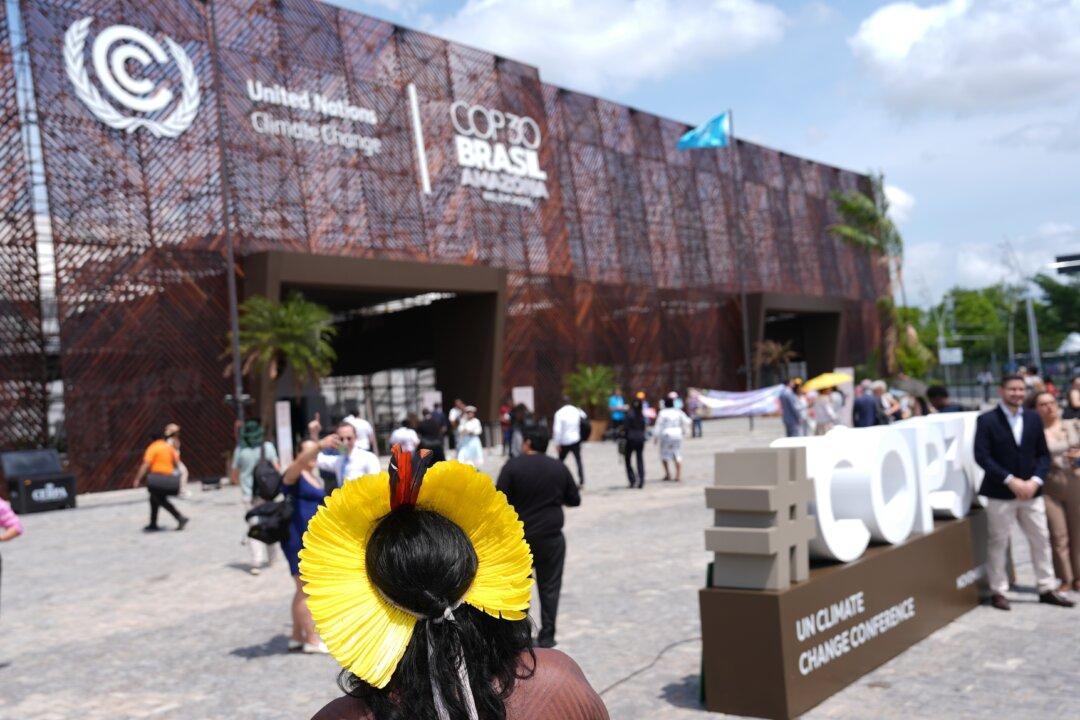News analysis
While wind and solar energy and electric vehicles (EVs) have been touted as the future, the vast amounts of minerals required for their production will come predominantly from China—alongside all the risks that dependence on a rival nation entails, analysts say.





